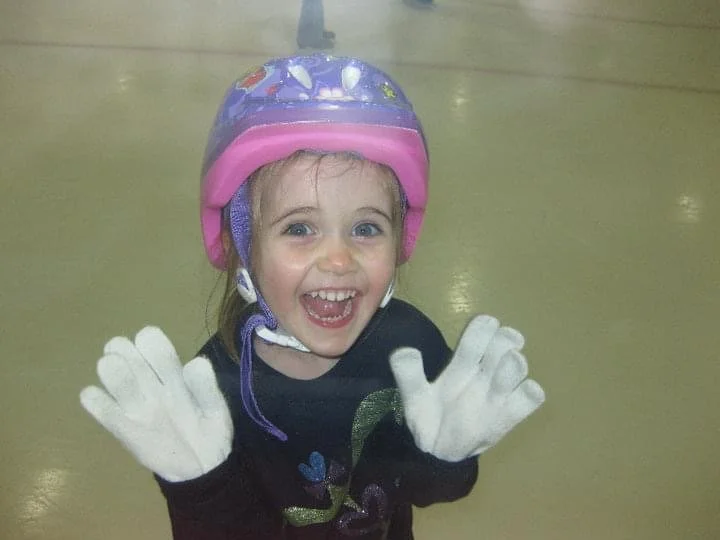Bold Isabeau Levito faces skating idol at Grand Prix Final
/The highlight of Isabeau Levito’s season so far came at Skate America in October.
It wasn’t the silver medal Levito won there, in her debut on figure skating’s senior Grand Prix circuit.
It was meeting the reigning world champion – and 2022 Skate America winner – Kaori Sakamoto of Japan.
“She is one of my idols,” Levito said of Sakamoto, who is also the 2022 Olympic bronze medalist. “Right before her long program at worlds, you could see she was determined and strong and fierce. Her eyes would obliterate you.
“That look and that fierceness and determination. . .I admire it so much, and I hope to have it someday.”
At only 15, Levito already belies her delicacy of movement on the ice with such powerful determination to reach her aspirations that she gets to meet Sakamoto again this week at the Grand Prix Final in Torino, Italy, where the senior women’s event begins Friday.
Read More




